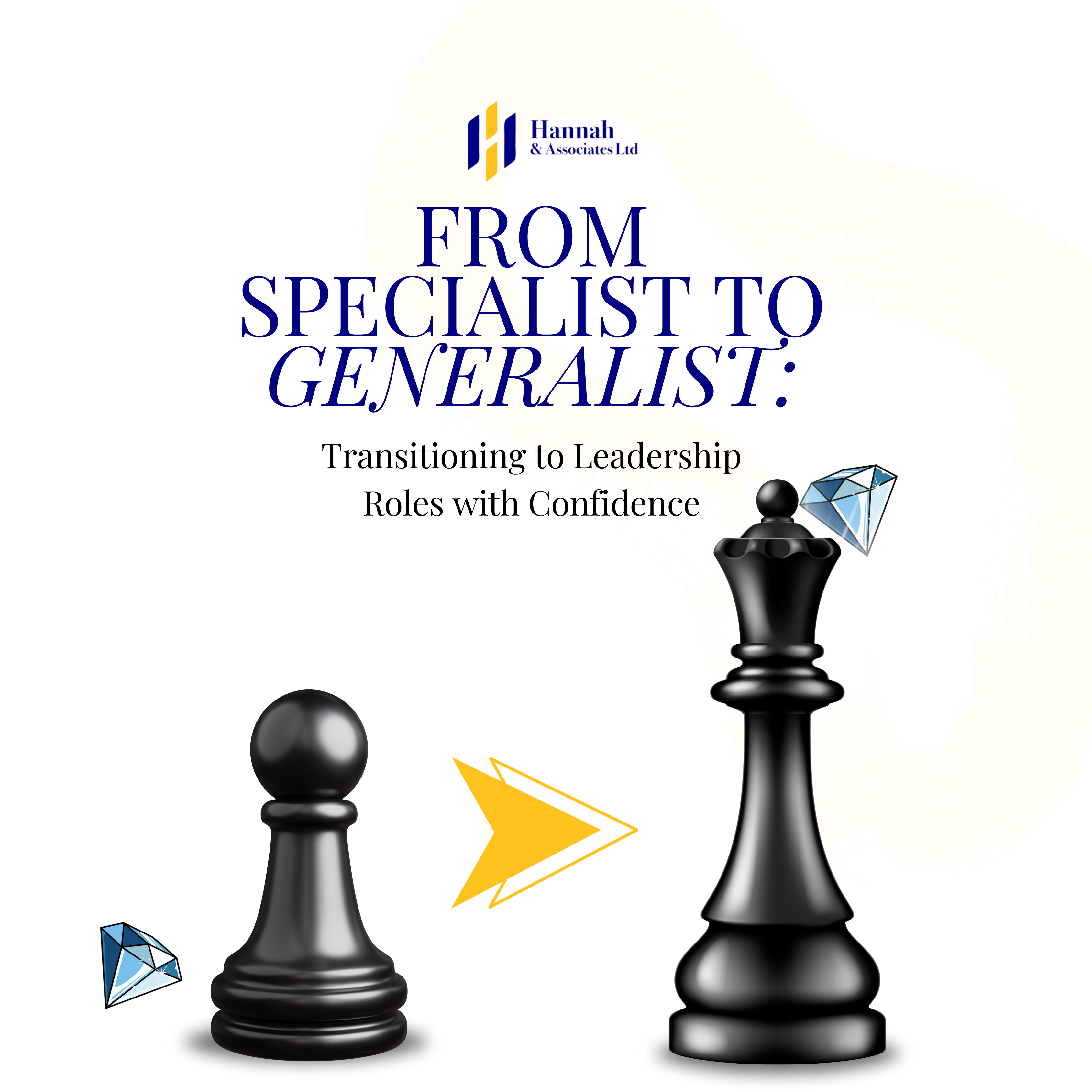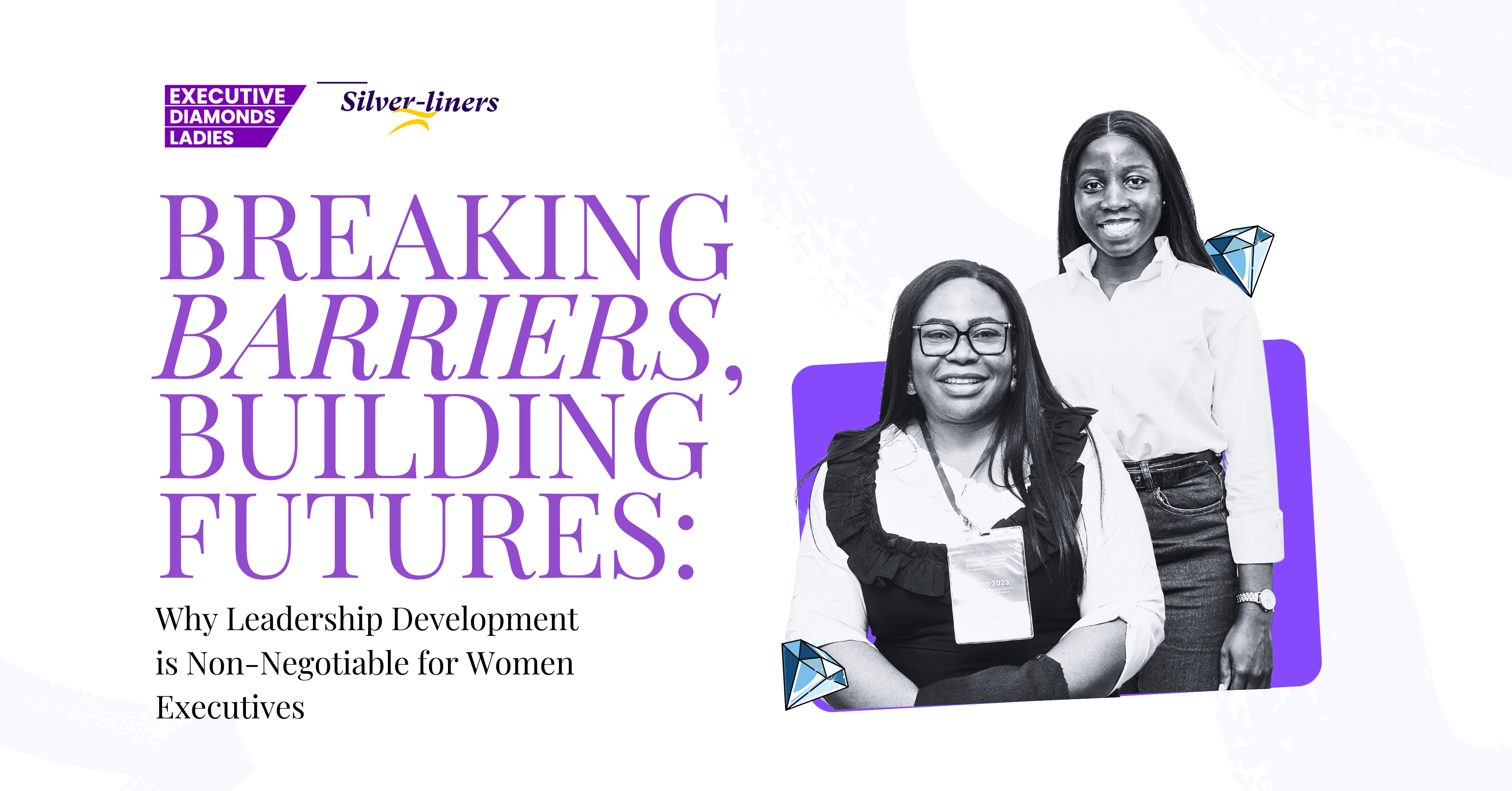Sarah was a wizard with spreadsheets. Numbers danced at her fingertips, financial reports sang her praises, and she could spot an anomaly in a data set faster than anyone in the office. She was the undisputed queen of her specialist domain, a master of her craft. We all knew her as the “go-to” for anything finance-related.
Then, the bombshell dropped. The regional manager was leaving, and Sarah, of all people, was asked to step up and head the branch. A branch! Dealing with people, managing diverse teams, handling customer complaints, and… well, not just spreadsheets. Sarah, who thrived in the structured world of numbers, was suddenly thrust into the messy, unpredictable realm of leadership.
I remember her face that day. It was a mix of shock and sheer terror. “But… I don’t know how to manage people!” she stammered, her voice barely a whisper. “I’m not a ‘people person.’ I’m a… spreadsheet person!”
For weeks, Sarah was a shadow of her former self. The confident, meticulous colleague was replaced by someone constantly second-guessing herself. She’d spend lunch breaks with her head in management books, her usual cheerful demeanour replaced by a furrowed brow. “What if I fail?” she’d ask, her eyes filled with genuine fear. “What if I let everyone down?”
She was a specialist, a master of one domain, being asked to become a generalist, a leader of many. The transition was daunting, the uncertainty overwhelming. She even confided in me that she was considering declining the promotion, wanting to retreat to the comfort of her spreadsheets.
But Sarah, despite her fears, didn’t give up. She started small. She scheduled one-on-one meetings with each team member, not to lecture or dictate, but to listen. She asked questions, sought feedback, and genuinely tried to understand the challenges her team faced. She stopped trying to be the perfect leader overnight and started being a learner.
She discovered that her meticulous attention to detail, her analytical mind, and her genuine desire to help were valuable leadership assets. She learned to delegate, trust her team, and recognize that leadership wasn’t about having all the answers, but about empowering others to find them.
The transition wasn’t smooth. There were missteps, there were learning curves, and there were moments of doubt. But Sarah persevered. She learned to embrace the ambiguity, to step outside her comfort zone, and to trust her own abilities.
Key Takeaway:
Sarah’s story highlights a crucial truth: transitioning from specialist to generalist is a learning journey, not a destination. It’s about recognizing that your existing skills are valuable, but also being open to acquiring new ones. It’s about embracing the uncertainty, stepping outside your comfort zone, and trusting that you have the potential to grow.
The confidence doesn’t magically appear overnight. It’s built through experience, learning from mistakes, and celebrating small victories. Don’t be afraid to ask for help, to seek mentorship, and to surround yourself with people who believe in you. Just like Sarah, you can transform from a specialist to a confident leader.
Are you a growing female executive ready to embrace your leadership potential?
Join our Silver Liners Program, May Diet edition, and discover the tools and strategies you need to confidently navigate your leadership journey. We’ll provide a supportive community, expert guidance, and practical resources to help you thrive in your new role.
Click here to learn more and register today!



